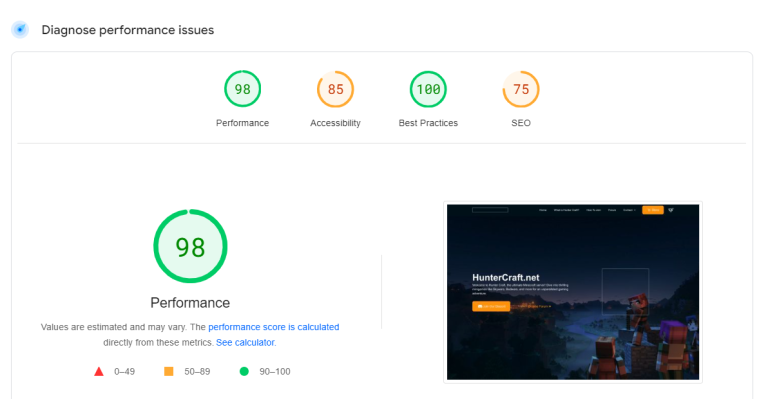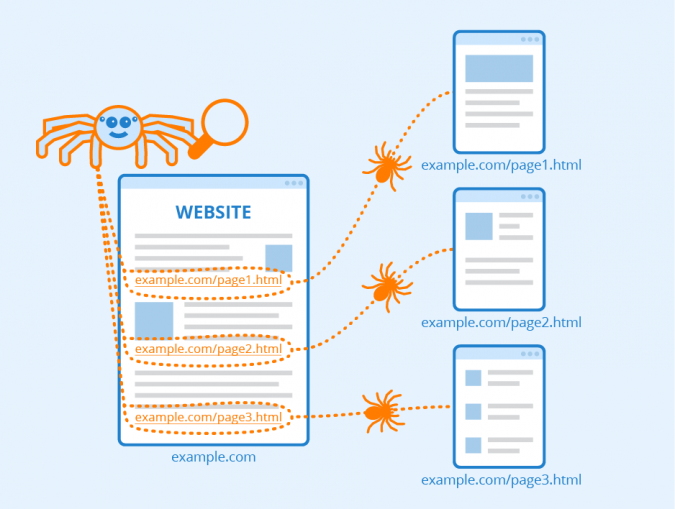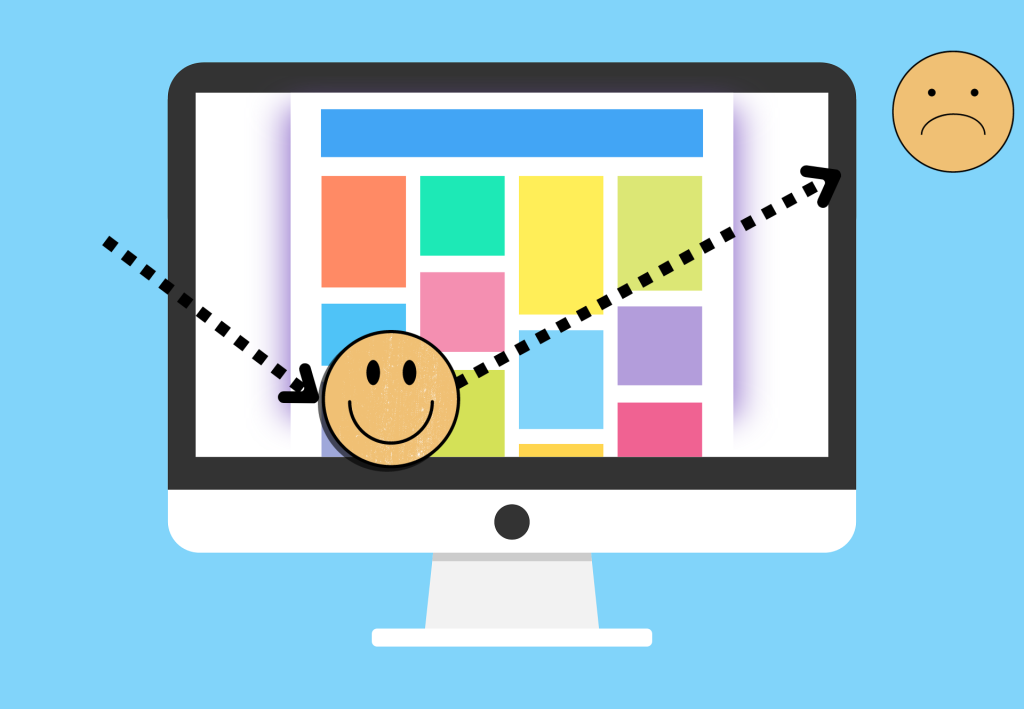What is Site Speed?
When a customer sits down to eat at a restaurant, slow service from the waiter often results in poor reviews and fewer customers. Similarly, slow site speed can have a negative impact overall. Site speed refers to how quickly a website loads and displays its content to visitors. It’s a critical factor in providing a positive user experience. The speed at which your site loads can influence visitor satisfaction, engagement, and even its performance on search engines.
Why is Site Speed important?
High Speed Ensures an Impressive User Experience
When visitors visit your website, they expect it to load quickly. According to Sematext, a website should take between 0 and 2 seconds to load. Bear in mind that first impressions are vital for businesses on the web. Speed plays an important role in how audiences perceive a brand on the internet.
A fast-loading website is considered trusted and professional. A slow website is mostly annoying for users. Most users bounce immediately and prefer visiting other, faster websites to meet their requirements. Fixing a negative impression can be very challenging. So it’s important to follow 10 Ways To Improve Page Loading Speed at all times.
To get an in-depth visual on how fast your website is, I suggest running a speed test analysis on Google Page Speed Insights.

Speed affects the SEO rankings of a website
Commonly, websites are competing against each other to get on the 1st page of Google. The first page holds the most value and potential clients that eventually lead to conversions, right? Your site speed has a great impact on whether Google places your website on the top list or at the bottom. Search engines, led by the likes of Google, have declared website speed a crucial factor in determining search rankings.
Slow-loading pages face the risk of slipping down the ranks. Google aims to present users with results that not only answer their queries but also deliver a seamless experience. If your website lags in loading, it may find itself lagging in search rankings.
In addition, search engine bots regularly crawl websites to index their content. Slow-loading pages can hinder this crawling process, impacting how efficiently search engines understand and index your content. An efficiently crawled site is more likely to rank favourably.

Figure: Search engine crawlers – Author: Seobility – License: CC BY-SA 4.0
Speed affects conversions
Every second counts, and nowhere is this more evident than in the realm of conversions. Whether you’re selling products, services, or aiming for a user to take a specific action, the speed at which your website loads plays a pivotal role in the conversion ballet.
Picture this: a potential customer stumbles upon your website, eager to explore what you offer. However, if your pages take too long to load, impatience sets in. Studies consistently show that users are quick to abandon slow-loading sites. Each abandoned visit is a lost opportunity for conversion.
For e-commerce platforms, the correlation between speed and conversions is especially critical. A swift-loading online store ensures that users can seamlessly browse products, add items to their cart, and complete transactions without the frustration of lagging pages. The smoother the transactional journey, the higher the likelihood of successful conversions.

Speed effects bounce rate
”Bounce rate, the metric that measures the percentage of visitors who navigate away from a site after viewing only one page, is a revealing indicator of user engagement.
While there are various factors influencing bounce rate, none wields as much influence as the speed at which your website loads.
Your website’s loading speed often forms the initial impression visitors have of your digital presence. If the first encounter involves waiting for pages to load, it sets a tone of dissatisfaction. Users are more likely to bounce away, seeking a site that aligns with their expectations for instant access.
Numerous studies affirm the three-second rule — the idea that users expect a webpage to load within three seconds. If this expectation is not met, the likelihood of bouncing increases significantly. As speed decreases, bounce rate tends to rise, emphasizing the pivotal role of swift loading times.

Conclusion
As we’ve explored the intricacies of this symphony, it’s evident that website speed is not merely a technical metric but a critical factor that can elevate or impede your digital presence. Users demand instant access, search engines favour swiftness, and conversions hinge on the rapid delivery of content.
If you’ve found yourself nodding in agreement and perhaps contemplating the speed of your own website, fear not. For those eager to delve into actionable steps, my recently penned article, “10 Ways To Improve Page Loading Speed,” serves as a roadmap to accelerate your website’s performance. It’s a treasure trove of insights and practical strategies to ensure that your digital orchestra hits all the right notes.





